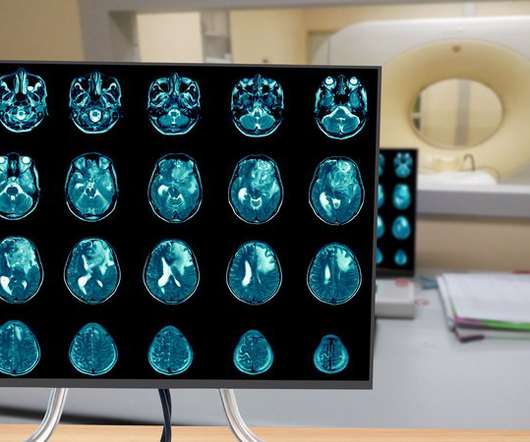Conversations from ESMO Targeted Anticancer Therapies Congress 2024
Drug Discovery World
MARCH 26, 2024
More importantly, it also highlighted that significant challenges remain in selecting the right therapies for the right patients despite the progress made through genomic testing and implementation of circulating tumour (ct) DNA analyses. We were there to present the latest findings from our research.













Let's personalize your content